The Five Best Books About Piano Playing
Thursday, April 23, 2020 by Graham Yates | Helpful Hints
Whether you find yourself with extra time to read or you are looking for some inspiration to complement your piano lessons, look no further than these five wonderful books. All of them are accessible to non-professionals though they are perhaps a little too dense for young children. Still, even if the piano student in question is a child in your care, there is much value for them if you are inspired by what you read.
The Great Pianists:
From Mozart to the PresentBy Harold C. Schonberg
So much of the history of the piano is conveyed through the personalities who stirred the public’s imagination with their mesmerizing and evocative performances. Most books on music history, however, focus on the composers rather than the performers. This book fills in these overlooked but fascinating gaps. It covers the development of the instrument itself, the early period when composers and performers were virtually the same person, through the societal upheavals that created public concert halls and the celebrity circus that motivated the showmanship of the 19th century.
You’ll learn important historical names, how nearly all contemporary piano students can trace the lineage of their teachers back to either Liszt or Leschetizky (and both of these go back to Beethoven!), and discover the pervasive struggle to make a singing instrument out of what is essentially a tuned drum.
An excellent book to let simmer and to savor in doses!
The Piano Shop on the Left Bank:
By Thad Carhart
An breath-taking memoir of an American living in Paris who takes up piano lessons as an adult and is swept into the romantic world of music. If you are looking for something to make your heart soar while filling your mind with broad musical considerations – look no further. I received a copy of this book from my teacher as a college graduation gift and it is still one of my dearest treasures.
The Art of Practicing:
A Guide to Making Music from the Heart
By Madeline Bruser
The classic! Far from a book of practicing rules or even a scientific treatise on practicing (these kind of books are great, too!), The Art of Practicing is an inspirational collection of thoughts and anecdotes on the topic of motivation, practical considerations, finding your tribe and stopping to smell the roses as you keep your eye on the prize. Am I being too cliché? Yes, in the most wonderful way possible!
Evening in the Palace of Reason:
Bach Meets Frederick the Great in the Age of Enlightenment
By James Gaines
For world history and philosophy fans, this book examines the crossover period from Baroque to Classical from the perspective of two towering figures. Bach, the absolute master of an increasingly outmoded artistic style, and Frederick the Great, a powerful ruler but pompous dilletante, clash over democracy and monarchy, complexity and simplicity, science and art, and how they will shape the future, modern world.
A highly entertaining way to learn about the culture of the times surrounding Bach’s music and how that culture tipped into the next great periods of western art history.
The Inner Game of Tennis:
The Classic Guide to the Mental Side of Peak Performance
By W. Timothy Gallwey
Personally, I enjoyed this original “Inner game” book more than the one adapted for musicians. Though it is certainly merely popular science, it taught me to think of my two “conscious” and “unconscious” selves and how they can be antagonists or collaborators in my efforts to translate musical messages from my brain to my body. The book has much to say about “choking” – i.e. performance anxiety in its many forms. Novice and developing musicians will certainly relate on many levels to the lessons learned on the tennis court.
How to Use a Metronome (For Effectiveness and Fun)
Wednesday, April 22, 2020 by Graham Yates | Helpful Hints
A metronome is an indispensable tool for a musician at any level, but it is essential to know how to use it effectively.
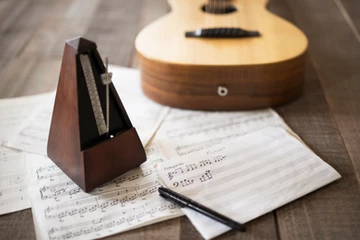 A metronome is a device that plays a sound, usually a click, at a set time interval, measured in beats per minute (BPM). Sometimes classical music will display BPM as “MM” meaning “Maeltzel’s Metronome.” Maeltzel was a prominent metronome manufacturer in 18th-century Vienna (and a contemporary of Beethoven). These days, athletes use metronomes to train by keeping track of their pace.
A metronome is a device that plays a sound, usually a click, at a set time interval, measured in beats per minute (BPM). Sometimes classical music will display BPM as “MM” meaning “Maeltzel’s Metronome.” Maeltzel was a prominent metronome manufacturer in 18th-century Vienna (and a contemporary of Beethoven). These days, athletes use metronomes to train by keeping track of their pace.
How NOT to Use a Metronome
If you walk the halls of a music school, you may hear metronomes ticking away non-stop as students practice. But this is the opposite way to use a metronome effectively, in my opinion. The danger in trusting a metronome to keep you in time by “setting and forgetting” it is that our brains have an extraordinary to filter out irrelevant noise. The last thing a musician wants to do is train their brain to become less aware of their acoustic surroundings.
How to Use a Metronome
- Set your tempo. Set the metronome to the BPM number you want (don't hesitate to experiment till you find an ideal pace), listen to the tempo for a few clicks, then turn it off. Try to play at this tempo.
- Check your tempo. See if you’ve maintained the tempo you set: Stop playing, turn the metronome back on, and listen and compare its tempo with your tempo. This is great for training your audiation: your ability to imagine or accurately remember sounds.
- Play to the beat. This is a subtle art which, as I mentioned above, can have a negative effect if used carelessly. Play along to a metronome only for pre-determined sections and then STOP. Don’t mindlessly play with the metronome on or you may soon discover you are no longer paying attention to it. Which is bad. When playing along, try to center your notes’ attacks on the click of the metronome. This is a great way to discover what it means when musicians play on the “front” or the “back” of the beat. If it is difficult for you to stay with the metronome, you are probably asking too much of yourself so you must simplify. See below:
- Work on slow playing. People often think metronomes are best used to train musicians to play fast, but I have found it is better to use them to play slow. Metronomes can keep your slow playing honest and slow playing allows you be more aware of the beat. The “beat” is more than a point in time – it is a whole sensory experience full of moments of expectation, preparation and action. “The beat” can be further subdivided into smaller and smaller beats. Worlds within worlds, "I contain multitudes," etc.
- Work on fast playing. It seems reasonable to think that notching the metronome up one setting at a time is a great way to progressively increase the tempo of a fast passage, but again I offer a contrarian perspective. I have found that once I have practiced a passage slowly with diligence, I can crank up the tempo surprisingly sooner than expected. In other words, instead of working on a a passage using this time-consuming succession of tempos: 42-44-46-48-52-56-60-66-72-80-84-88-92-96-100-104-108-112-116-120, you may discover your trajectory is more like this: 42-60-100-120. Or what about OVER-shooting your goal tempo for even more reliability? 42-60-100-144-120. Again, it comes down to the initial, diligent slow practice.
- Subdivide the beat. A subdivision is a beat-within-a-beat. Just like whole numbers in math, the main beat can be subdivided into infinitely smaller components. Divide a quarter-note pulse in half and you get eighth notes; do it again you get quarter notes. Divide a quarter note into three parts (triplets) or five parts – or whatever! Playing a quarter note-heavy melody (like Ode to Joy) with the metronome pulsing on sixteenth notes really solidifies your sense of beat. Playing a sixteenth-note run with the metronome pulsing on sixteenth notes (rather than the typical quarter note) can reveal small discrepancies that if left undiscovered may be derailing your passage work. You may need to adjust fingering, or even just adjust your sense of real time at that spot. The possibilities for improving one’s stability are endless and exciting.
What kind of metronome to get?
There are several metronomes available and one of the main features is style.
Mechanical. Stylish. Looks great as furniture. Keeps the beat.
Battery-powered. Get the one with the dial to quickly set the speed you want. Easily portable from home to practice room to rehearsal. Has a headphone jack as well as the option to merely flash the beat inaudibly (I use that feature to discreetly check a student’s tempo while they are playing). This one is my preference for ease of use.
Before apps, this kind of metronome was the first time musicians could change the sound of the beat pulses (including a human voice saying “one, two three”), choose which beats were accented, and emphasize subdivisions.
The app
Conveniently stored on a device this metronome would seem to be the most practical. Often they come with great features for changing the tone of the pulse, subdividing, accenting, etc. They usually have a wider range of available BPM than physical metronomes do. The one drawback for me is that it takes too long to open my phone, find the app, set it up and hit play, compared to grabbing my digital metronome and turning it on.
Need a metronome in a pinch?
Do you need a metronome right now but haven’t bothered to get one yet? Try You Tube! Search for the number of BPM you want, and add “BPM metronome” – for example: “144 BPM metronome.” This search query found videos of nothing but pulses for 30 minutes.
But wait – there’s more!
Have you considered having a little fun with your metronomic endeavors? Here are five alternative ways to play along to a metronome beat you may not have considered.
1. Play your Baroque minuet accompanied by a hi-hat swing beat
2. Play your Classical sonatina accompanied by a rock beat.
3. Play your Hanon finger exercises to a Latin beat
4. Play your etude to a groove beat
5. Learn Afro-cuban rhythms! You can use a variety of percussion instruments you might have at home already, or use body percussion (slap, tap, vocalize, etc.), or RH/LH notes or chords on the keyboard.
Together.
Friday, April 10, 2020 by Graham Yates | Announcements
Classic FM's composer-in-residence, Debbie Wiseman, composed "Together" while much of the world is confined to our homes due to the Coronavirus pandemic. Here is my performance of this piece. I filmed it through the Zoom app on my computer to give it a little bit of a low-fi look, although I used my nicer audio recorder for the sound. I spend hours each day watching my students through the lens of the Zoom window, so it seemed an appropriate touch.
Here is the Classic FM site where you can read more about this piece. Click here to download the sheet music that Ms. Wiseman has made available to everyone for free. The best part? There is a "starter" version available that is simplified for newer pianists.
So, get practicing if you like this piece! Let's hear your versions.
Remote Recital!
Sunday, April 5, 2020 by Graham Yates | Student Recordings
Before we all had to go on lockdown mode due to Covid-19, North Austin Piano Students had been preparing a recital performance at a local senior's center. Well, we all know what happened to all our plans after mid-March 2020!
So instead, students performed their recital piece during their (fancy, new) Zoom lessons and the result is charmingly lo-fi (on the part of the technology, because streaming) - but the performing is, in my opinion, stellar.
I'm so pleased to be able to share what would have otherwise been a one-time semi-private event! These students rock! And I'm glad we all get to have this momento of the early days of our pandemic experience. Be on the lookout for more online performances!
If you would like to jump ahead to a specific performer's spot in the video, here is the program:
Emery – Honeybee 0:14
Saaz – Cuckoo 0:38
Siya – Lightly Row 1:30
Nico – Honeybee 2:06
Minh – Cuckoo 2:5
Ashley – London Bridge 3:23
Jose – Cuckoo 3:41
Daniel – Go Tell Aunt Rhody 4:05
Lally – Celebration 4:52
Lilah – Go Tell Aunt Rhody 5:16
Anvitha – Dream Journey 6:26
Khashvi – A Song For You 7:08
Eleanor – Song of Twilight 8:37
Mohnish – Arabesque 10:29
Cylee – Holiday Parade 11:20
Tesla – Left Alone, Zinc Pink 12:15
Samaya – Sonatina in G 13:54
Deekshita – Sonata in A 15:48
Apoorva – Scamp 18:51
Julia – Deserted Plantation 19:42
Noah – Prelude in D 23:02

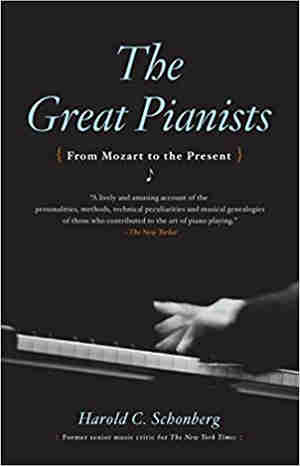
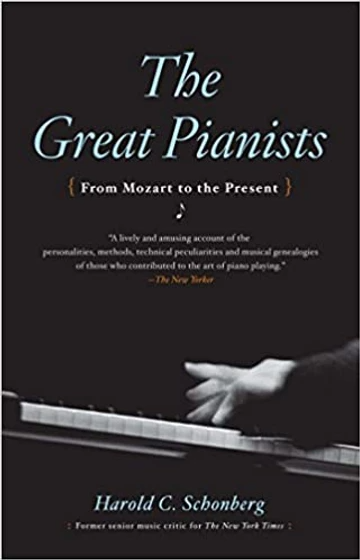
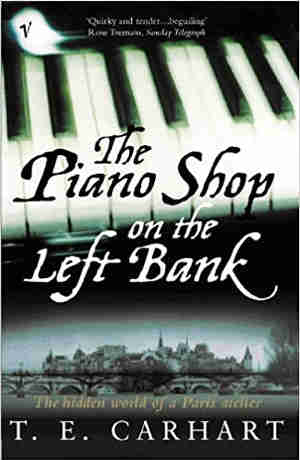
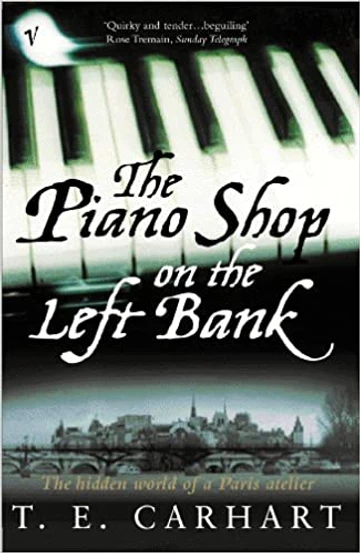
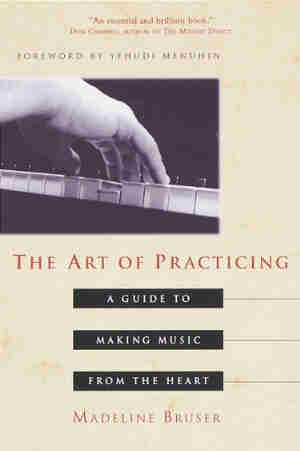
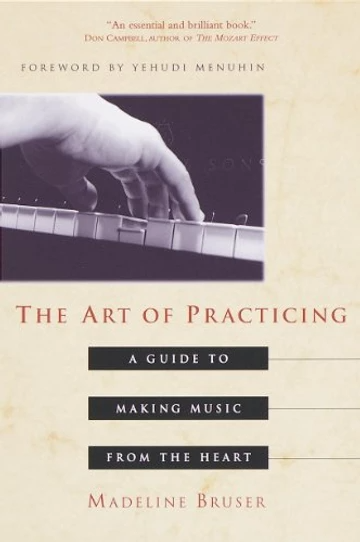
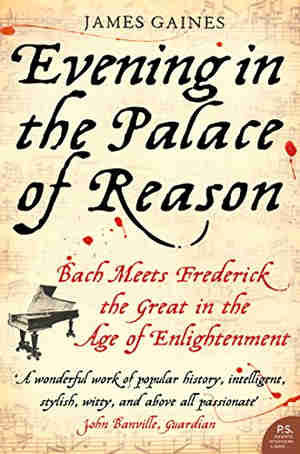
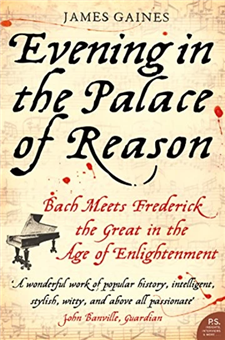
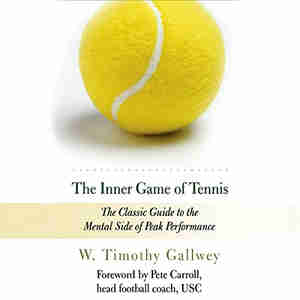
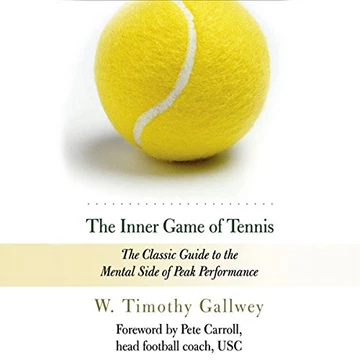

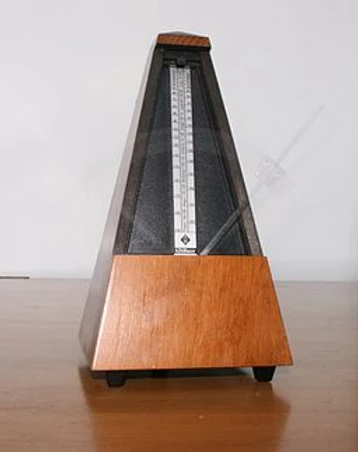 The classic
The classic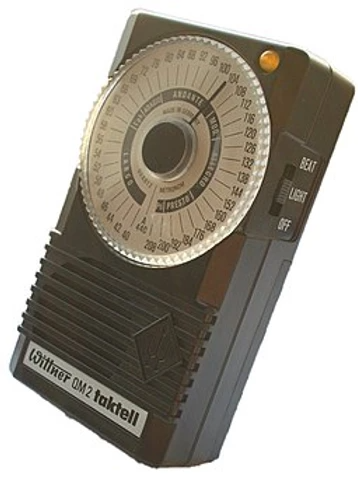
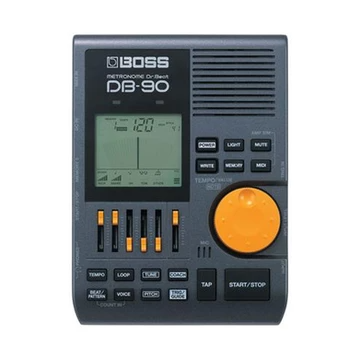 The fancy
The fancy